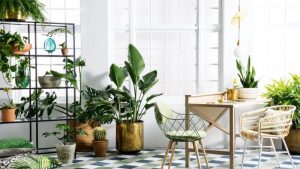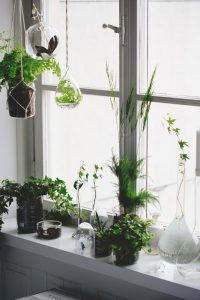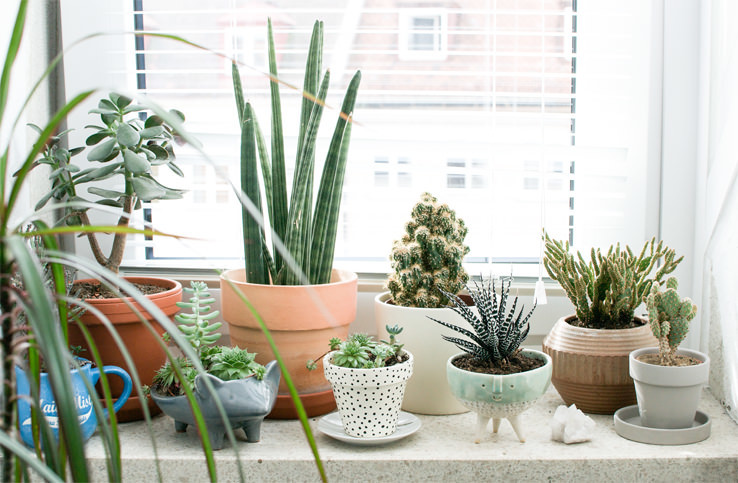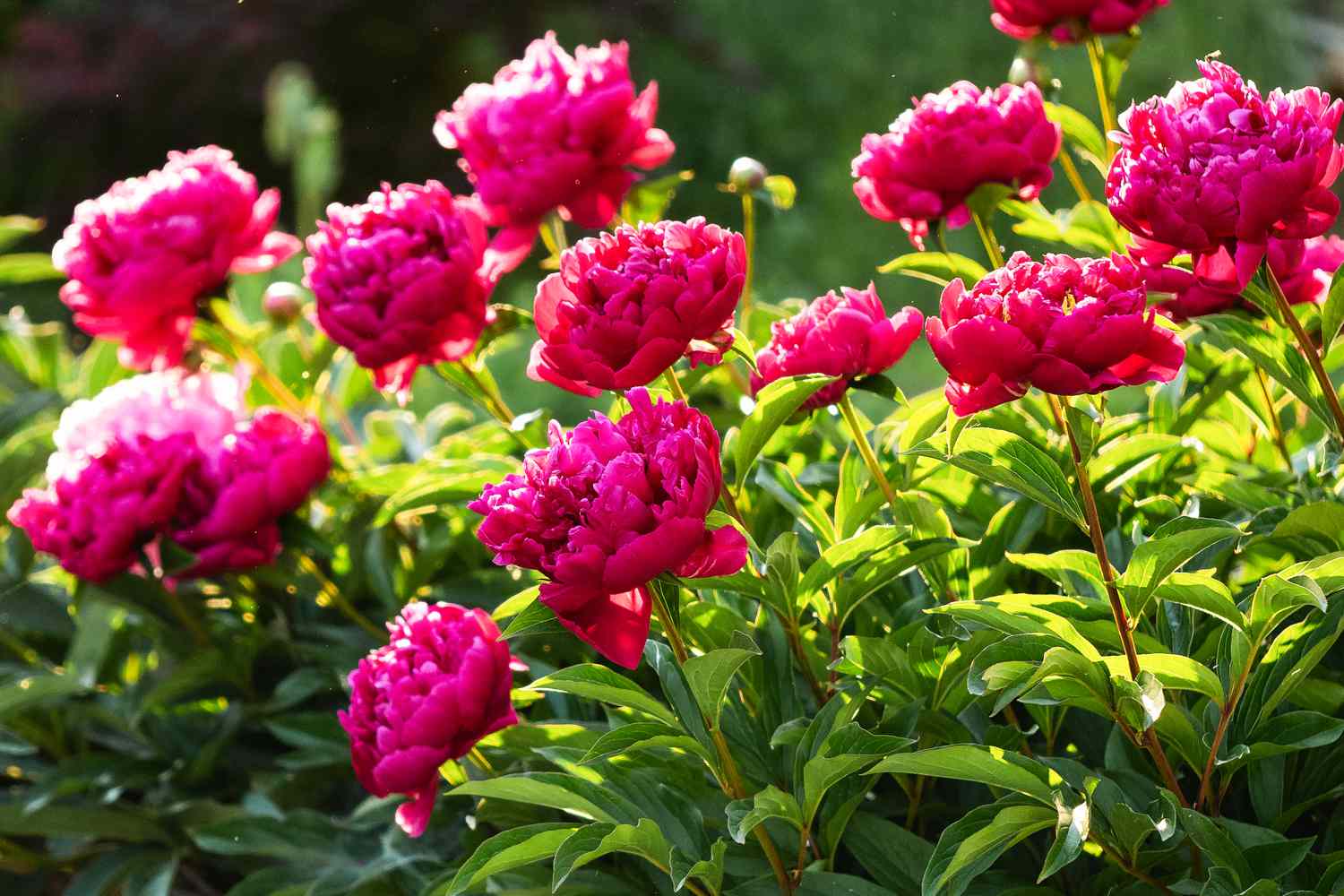So the season of jackets, gloves and scarves is slowly coming back and everyone is getting ready to be cozy. From pets to plants., everything must be protected for this winter is announcing to be harsh. Yes, your indoor plants need to be winterize as it is aware of the seasons! With shorter days, drier air and cooler temperatures, winter is the worst time for houseplants as your plants has to endure the harsh conditions. If you are looking to keep your precious friends until spring, here are some steps that will truly help in keeping them alive all through winter.

Bring the plants closer to the windows, but not too close together
As the days get shorter, your plants will receive less natural light. To take advantage of sunlight, move your plants closer to a window. But don’t get them too close. If your windows freeze, make sure your plants are far enough away from the glass so that they don’t freeze too.
Clean your windows
And once your plants are closer to the windows, keep them clean to let as much light in as possible. The extra light will help you and your plants stay healthy and happy until the weather warms up.
Dust your plants
Show some TLC to your plants and wash their dirty leaves with a damp washcloth. Not only will they look better, but they will be able to absorb light more effectively, which is especially important at this time of year.
Add artificial light
If it really gets dark, try placing an artificial bulb over houseplants that are beginning to show signs of winter wear. This will keep them alive longer and hopefully brighten your day as well.
Keep your home warm
If you need an extra reason to increase the heat, your plants will stay alive longer in hot weather. Most plants prefer a daytime temperature between 65 and 75°F, and a nighttime temperature between 60 and 65°F. If the temperature is below 50°F, your plants will start to suffer.

Maintain humidity
The ideal humidity for plants is between 40 and 50%. If you live in a colder climate, the winter humidity will probably be around 10%, which means that you will have to compensate. Although it is often said that fogging a plant can compensate for a lack of humidity, the best way to keep your plants moist is to use a humidifier. Leave a humidifier on when you’re not home, so you can go home to a space filled with beautiful, healthy plants.
Keep plants away from drafts or heating vents.
In addition to keeping the plants at the right temperature, you must also make sure that they are not subjected to extreme or irregular temperatures. It is important to keep your plants away from any cold drafts or heat sources, especially in winter.
Buy new planters
Okay, so maybe this one won’t really help your little green friends. But if you bought your plants during the warmer months, you may have put them in pots that reflect the warmer times. As winter approaches, consider upgrading your planters to make them more seasonally appropriate. Concrete planters are one of our favorites.
Water your plants less
A common misconception about plants is that extra watering can compensate for reduced sunlight and moisture levels. But don’t make that mistake. While you should always be diligent about other aspects of plant life, you can take comfort in knowing that plants will do well if you skip a watering or two.
Pruning
To stay healthy and attractive, plants need a small pruning from time to time as part of their maintenance. Many houseplants have flexible stems, which makes them relatively easy to prune without tools. Use your thumb and forefinger to pinch off dying flowers and remove damaged leaves. For plants with thicker stems, it may be necessary to use pruning shears or sharp scissors.


